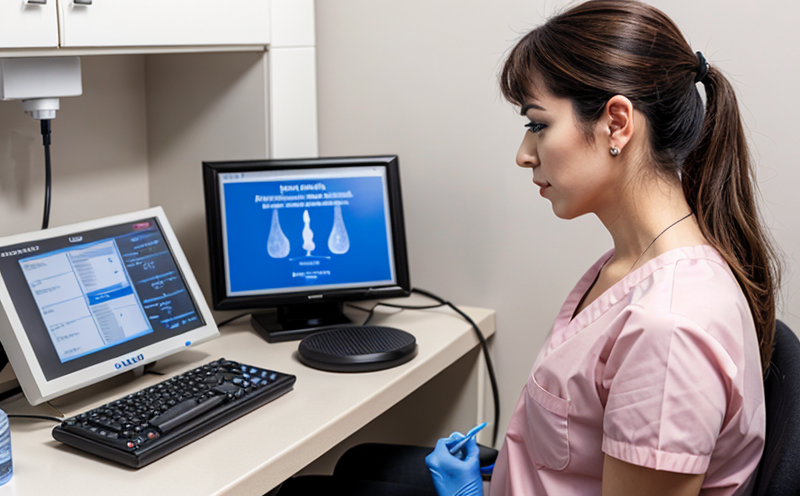Estrogen Testing in Dairy Product Residue Monitoring
The monitoring of estrogen residues in dairy products is a critical component of ensuring food safety and regulatory compliance. Estrogens are potent hormones that can have adverse effects on human health when present at high levels, especially for infants and children. This service provides accurate testing to ensure that dairy products meet stringent international standards and consumer expectations.
The process involves several key steps: first, the collection of samples from dairy products such as milk or cheese. These samples are then subjected to rigorous laboratory analysis using advanced analytical techniques like High-Performance Liquid Chromatography (HPLC) with tandem Mass Spectrometry (MS/MS). The methodology aligns closely with international standards such as ISO 13725 and EU Directive 2002/657/EC, which outline permissible levels of estrogen residues.
The significance of this testing lies in its role in maintaining public health. Excessive estrogen exposure can lead to various health issues including disruptions in the endocrine system, reproductive disorders, and developmental problems. By conducting regular residue monitoring, dairy processors and regulators can ensure that their products are safe for consumption.
Our laboratory specializes in providing comprehensive services tailored to this sector, ensuring precision and reliability in every test conducted. We employ state-of-the-art equipment and methodologies to deliver accurate results within tight timelines, thereby supporting our clients' compliance efforts.
Why It Matters
The importance of estrogen residue monitoring cannot be overstated. Regulatory bodies worldwide have set maximum permissible levels for estrogens in dairy products as part of their broader efforts to protect public health and promote sustainable agriculture practices. Compliance with these regulations is not just a legal requirement but also an ethical responsibility.
Failure to adhere to these standards can result in significant financial repercussions, including product recalls, lawsuits, and loss of market share. Additionally, it undermines consumer trust, which is crucial for the long-term sustainability of any food business. Our service aims to mitigate these risks by offering reliable testing solutions that ensure products meet all relevant regulatory requirements.
Moreover, maintaining high standards in dairy production contributes positively to environmental conservation efforts and supports sustainable agricultural practices. By minimizing estrogen residues, we help reduce pollution and promote healthier ecosystems.
Industry Applications
Dairy Product Residue Monitoring:
- Milk
- Cheese
| Sample Type | Analytical Method | Standard Compliance |
|---|---|---|
| Milk | HPLC-MS/MS | ISO 13725, EU Directive 2002/657/EC |
| Cheese | HPLC-MS/MS | ISO 13725, EU Directive 2002/657/EC |
| HPLC-MS/MS | ISO 13725, EU Directive 2002/657/EC |
The table above outlines the various dairy products that undergo estrogen residue testing and the analytical methods used. Compliance with international standards ensures that our clients can market their products confidently knowing they meet stringent safety requirements.
International Acceptance and Recognition
The methodologies employed in our laboratory are internationally recognized and widely accepted by regulatory authorities around the world. Our service is based on established protocols such as ISO 13725, which specifies the procedures for determining estrogen residues in various dairy products.
We collaborate closely with global organizations like the World Health Organization (WHO) and Food and Agriculture Organization of the United Nations (FAO) to ensure that our testing practices align with international best practices. This collaboration ensures that we are always at the forefront of industry developments, providing services that are not only compliant but also forward-thinking.
Our commitment to excellence is further underscored by our adherence to these stringent standards and protocols, ensuring that every test conducted meets the highest quality benchmarks.





